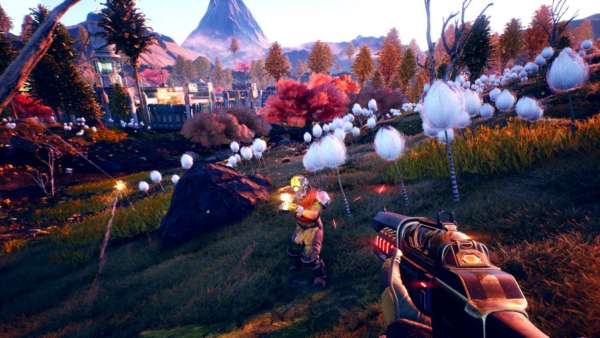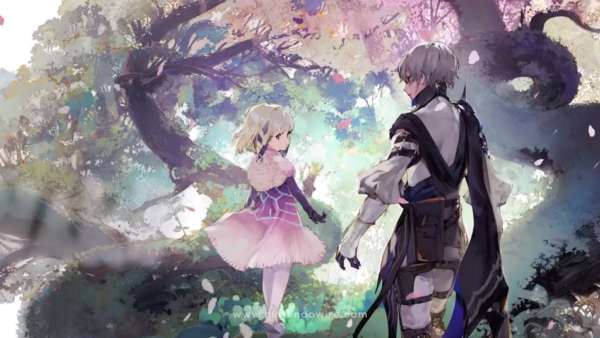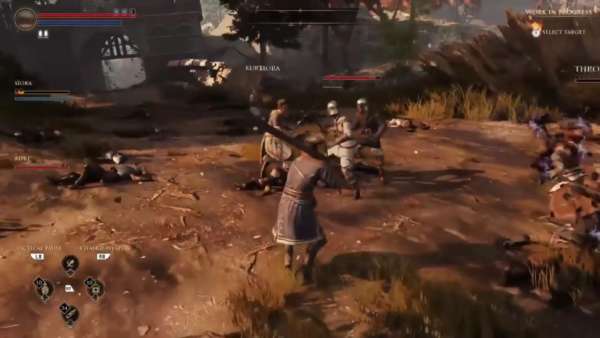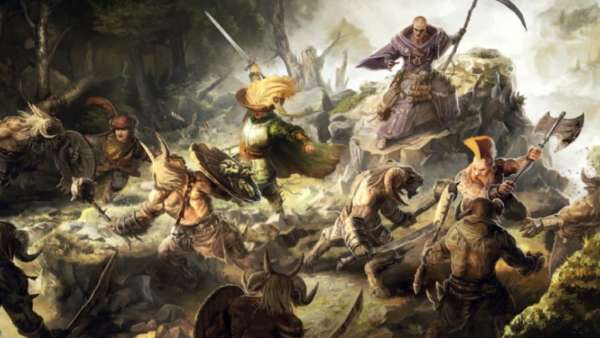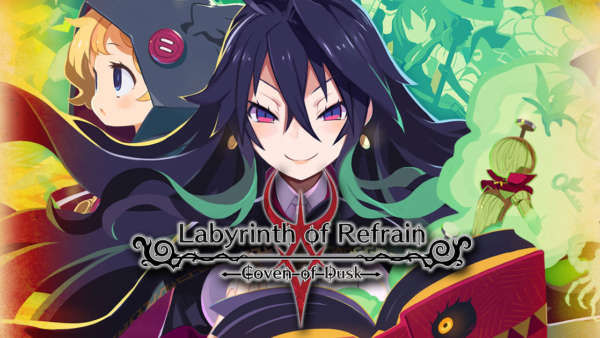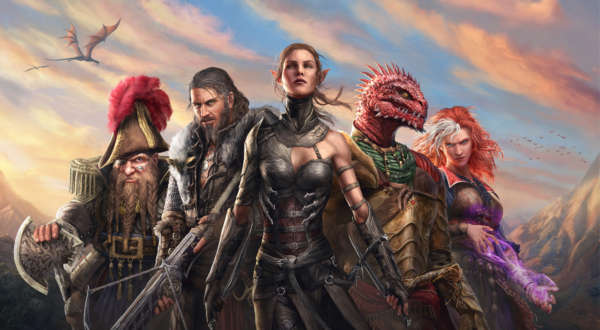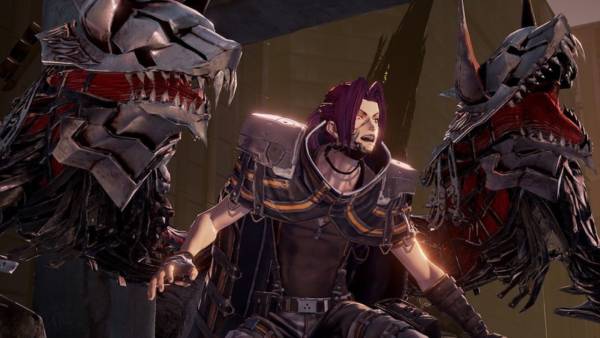Compile Heart are no strangers to the JRPG market, with their Hyperdimension Neptunia series proving very popular due to its unique take on the console war in the previous generation. Fairy Fencer F is the latest European release from the company, originally released in Japan almost twelve months ago. It is the first in a new subtype of role playing games, with a sequel already confirmed for the PlayStation 4.
The journey begins with the main character Fang locked up for committing theft, and is saved by a fairy named Eryn whom he freed from a Fury, a magical weapon that is comparable to a magic lamp. Instead of being his servant however, Eryn claims that he is now a Fencer, and that she is his equal. According to the magical sprite, the Goddess was sealed away after a battle with the Vile God in the long distant past, and if they work together, they can collect all the Fury weapons to awaken the Goddess and restore Eryn’s memories. They are also joined by Tiara, a fellow fencer, and Cui, a small mammal that her fairy companion.
Like many JRPGs, the game is split into distinct sections that offer unique styles of play, rather than sticking to a single subgenre which is common in most mainstream titles. The majority of your time will be spent roaming the dungeon areas, in which you travel across the land searching for a Fury to add to your collection. Alongside fighting the local monster population, you will collect special items and occasionally trigger a sequence that will progress the narrative. While this part of the game may not add anything new to the proceedings, it does feel comfortable, rather than clumsily assembled in a short period of time.
The only part of the dungeon areas that seemed to feel inferior was that the graphics didn’t seem to match the quality of the non-interactive sections, and there was a constant blur that seemed to follow the main character around the world. This made it sometimes difficult to gauge the distance from the monster up ahead, leading to accidental encounters or being ambushed before I could react to the immediate threat.
The other half of the game forms a visual novel style interface, with the ability to choose dungeons, or travel to a various range of cities and important locations. In the cities, you may interact with the locals at specific locations or buy and sell goods from the traders. While it would have been nice to see the areas in the same style as the dungeons, the menus offer all the functionality you need so it doesn’t feel like much of an omission. The conversations you have with the characters in the town are not given any voice acting, which can feel slightly off putting, as all the skits between the playable characters have a voice to match their subtitles.
When you have obtained a Fury, you must take it to the Godly Revival area at the Sunflower Inn, where you can choose to pull out one of the swords from the statues of the Vile God or the Goddess. Each sword requires you to complete a battle challenge before it will come loose, and if you win, you will receive a bonus ability for the Fairy that you choose to support you. This adds a whole new dimension to simply collecting the weapons, and the variety of different abilities and challenges means that you know the strengths and weaknesses of every fairy that you train using this system.
The majority of the storyline feels quite original, with the usual stereotypes such as the cute chibi animals and amnesiac protagonists making their presence known, but there is one glaring similarity to another franchise that I feel is slightly too close for comfort. The Vile God and the Goddess seem to almost carbon copies of Chaos and Cosmos from Final Fantasy, with the exception of them being sealed away using magical weapons. While this kind of similarity is almost accepted within mainstream culture, it inhibited my ability to take the conflict seriously, leading to a feeling of detachment from the story line which I rarely feel towards any game in particular.
While the main characters themselves are interesting and emotive, their constant conflict can sometimes feel as if it is unnecessary. It is immediately obvious that Fang, Tiara and Eryn are never going to get along without some serious character development, but the length of time it takes for them to become relatively civil can leave you wondering if it was worth the journey. Once the initial barriers have been broken however, the true personalities of the characters are shown, and particularly in Tiara’s case, you see a vulnerability that you might not have expected from them. In this way, they detract from their pre-determined stereotypes and develop a life of their own.
The soundtrack of the game has been composed by industry veteran Nobuo Uematsu, who is known for his work on Blue Dragon, Final Fantasy and Lost Odyssey. Each track feels quite well built, with the majority of them featuring an appropriate orchestral arrangement. There were occasional issues with balancing the volume, particularly on the results screen, but on the whole there was a professional polish that feels consistent. The character voices feel well suited to their apparent personalities, regardless of whether you choose to opt for the Japanese or English dub track, which can sometimes be a deciding factor for many fans of the genre.
Overall, Fairy Fencer F feels like a strong, capable role playing game, with deep combat and unique upgrade systems, but it definitely needs some attention in a few key areas. If you are able to put the slightly underwhelming battle graphics and the constant conflict between the main characters aside, then you will find a truly rewarding experience with a lot of offer to its target audience.
